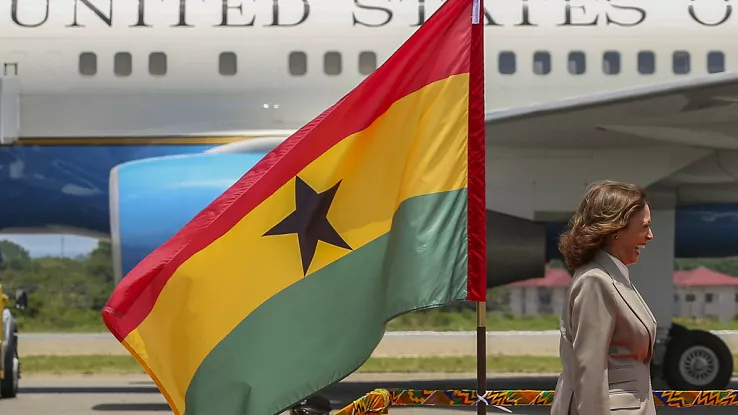A newly released report from the U.S. government highlights a notable shift in visa overstay patterns, showing Ghana surpassing Nigeria in the misuse of B1/B2 and F, M, and J non-immigrant visas between October 2022 and September 2023.
The comprehensive analysis sheds light on individuals who remained in the United States beyond their authorized stay without a recorded departure or an approved visa extension.
According to the findings, there were 510,363 suspected in-country overstays, representing 1.31% of expected departures, alongside 54,792 out-of-country overstays, or 0.14% of expected departures.
Ghana’s Visa Overstay Statistics
In 2023, Ghanaians were issued 25,454 B1/B2 visas, typically granted for business or tourism purposes. Of these, 1,910 individuals overstayed their visas, equating to a 7.50% overstay rate. For student and exchange visitor visas (F, M, and J categories), Ghana recorded an even higher overstay rate of 21%, with 537 out of 2,559 visa holders remaining unlawfully in the U.S.
The data also shows that Ghana’s visa compliance has worsened compared to pre-pandemic levels in 2019, when 28,844 B1/B2 visas were issued, and the overstay rate stood at 5.09%. The student visa overstay rate in 2019 was 12.7%.
How Nigeria Compares
Nigeria, which issued 84,051 B1/B2 visas in 2023, recorded a marginally lower overstay rate of 7.14%, with 6,000 Nigerians staying beyond their permitted time. Nigeria had a 15.60% overstay rate for student and exchange visitor visas from 7,556 visas issued—significantly lower than Ghana’s 21% in the same category.
In 2019, Nigeria issued 177,835 B1/B2 visas with an overstay rate of 9.88%, while the student visa overstay rate was 13.43%.
Broader Regional Context
The report also highlights overstay rates for other African countries. Notably:
- Togo: 19%
- Burkina Faso: 12.13%
- Ivory Coast: 7.48%
- Mali: 5.27%
Understanding Visa Overstays
An overstay occurs when a traveller remains in the U.S. beyond their authorized admission period. The U.S. Customs and Border Protection categorizes these as either in-country overstays (no recorded departure) or out-of-country overstays (departure after the permitted time).
The report emphasizes that determining visa compliance involves more than comparing entry and exit data. Extensions or status adjustments must also be considered to identify true cases of overstaying.
This latest analysis reflects improved data collection methods designed to provide greater insight into visa compliance trends among international travellers to the U.S.
